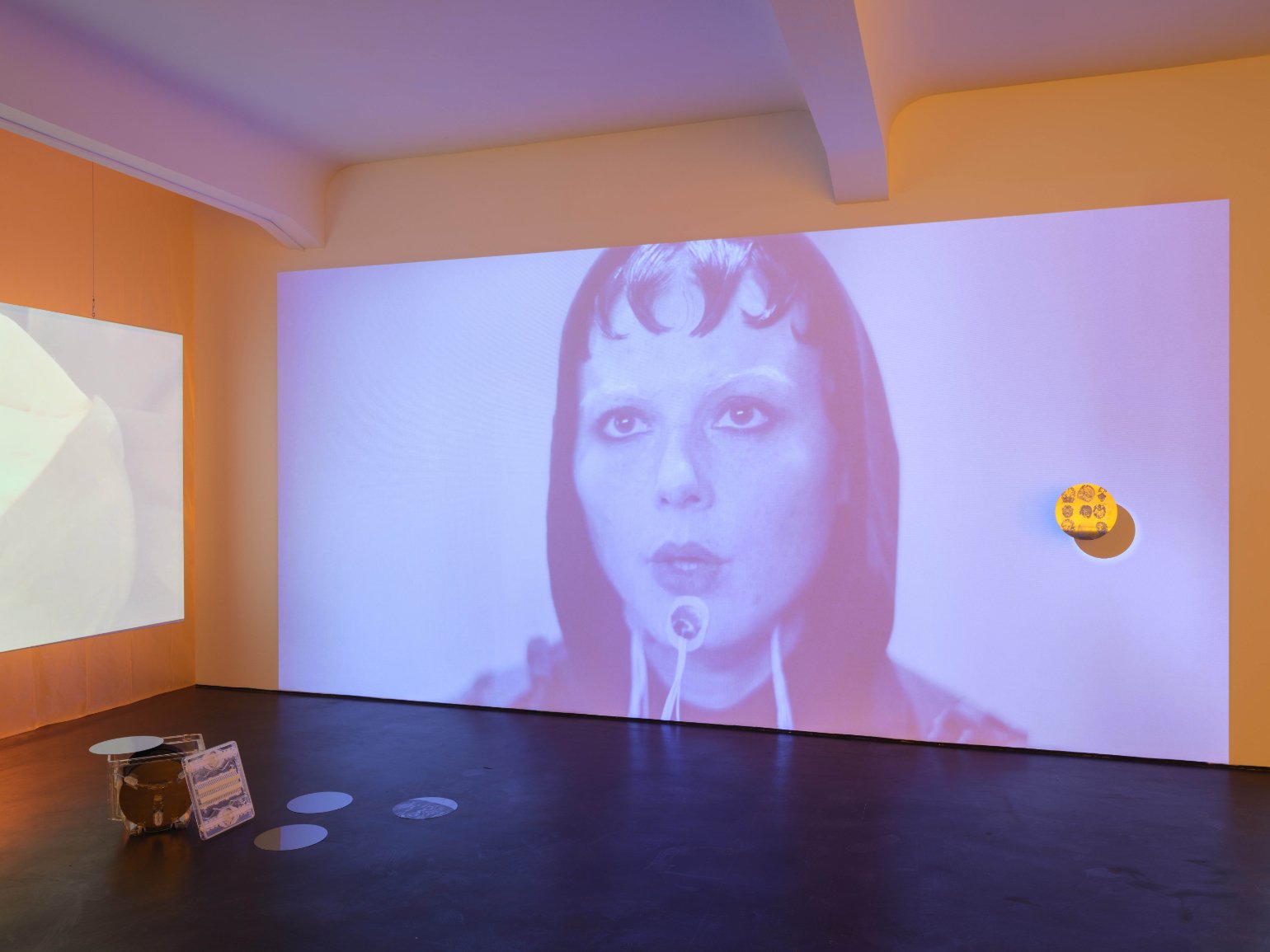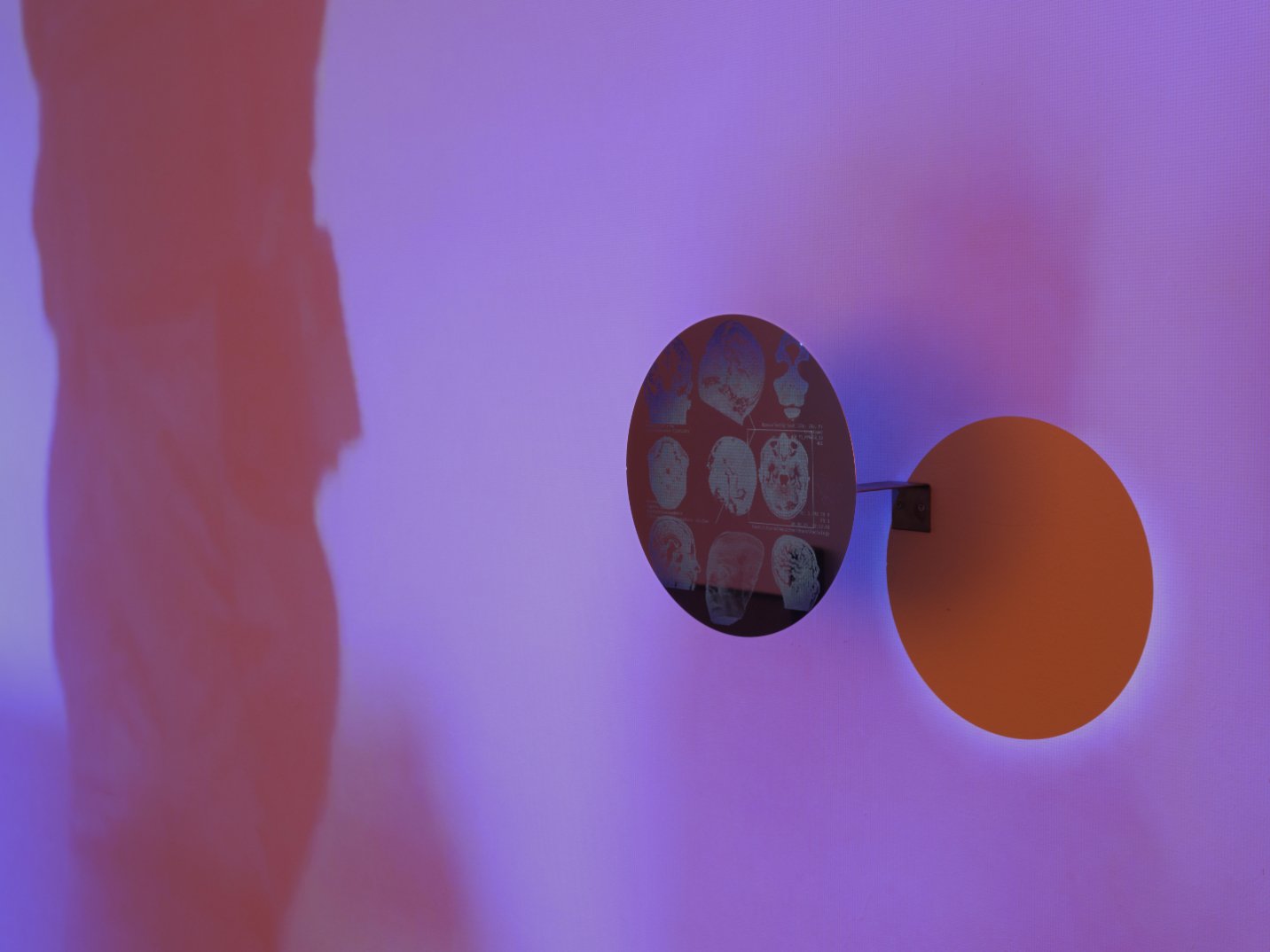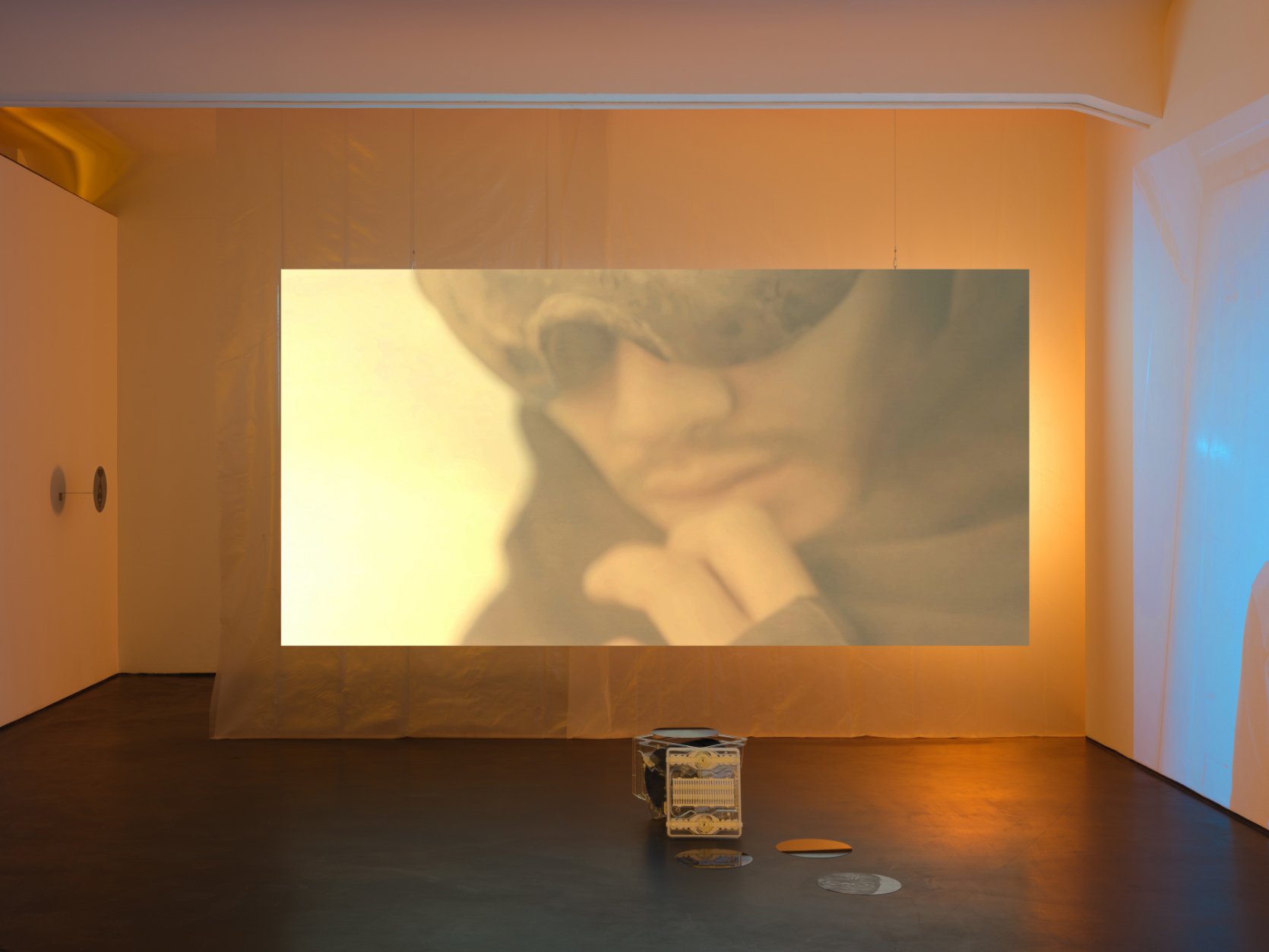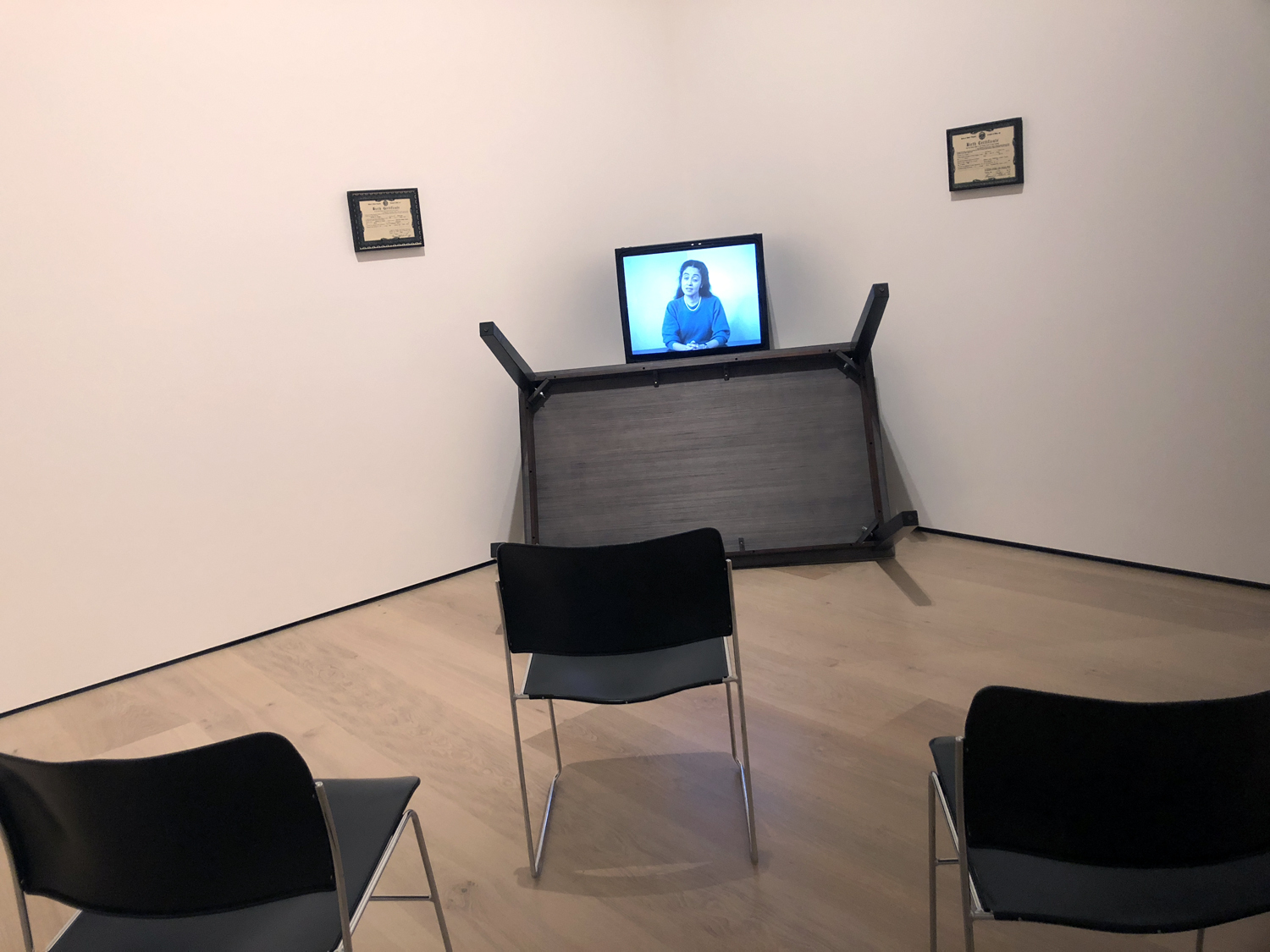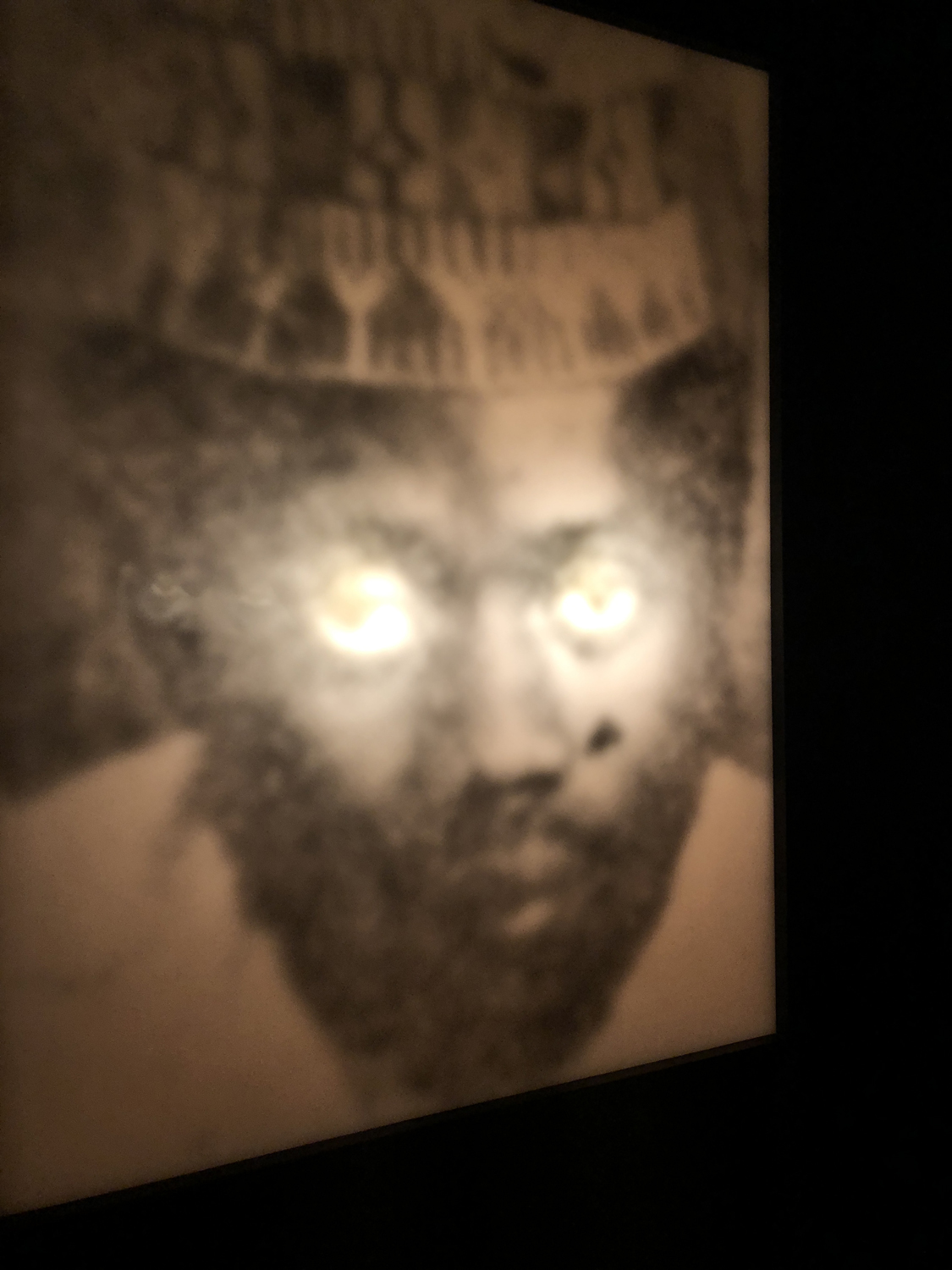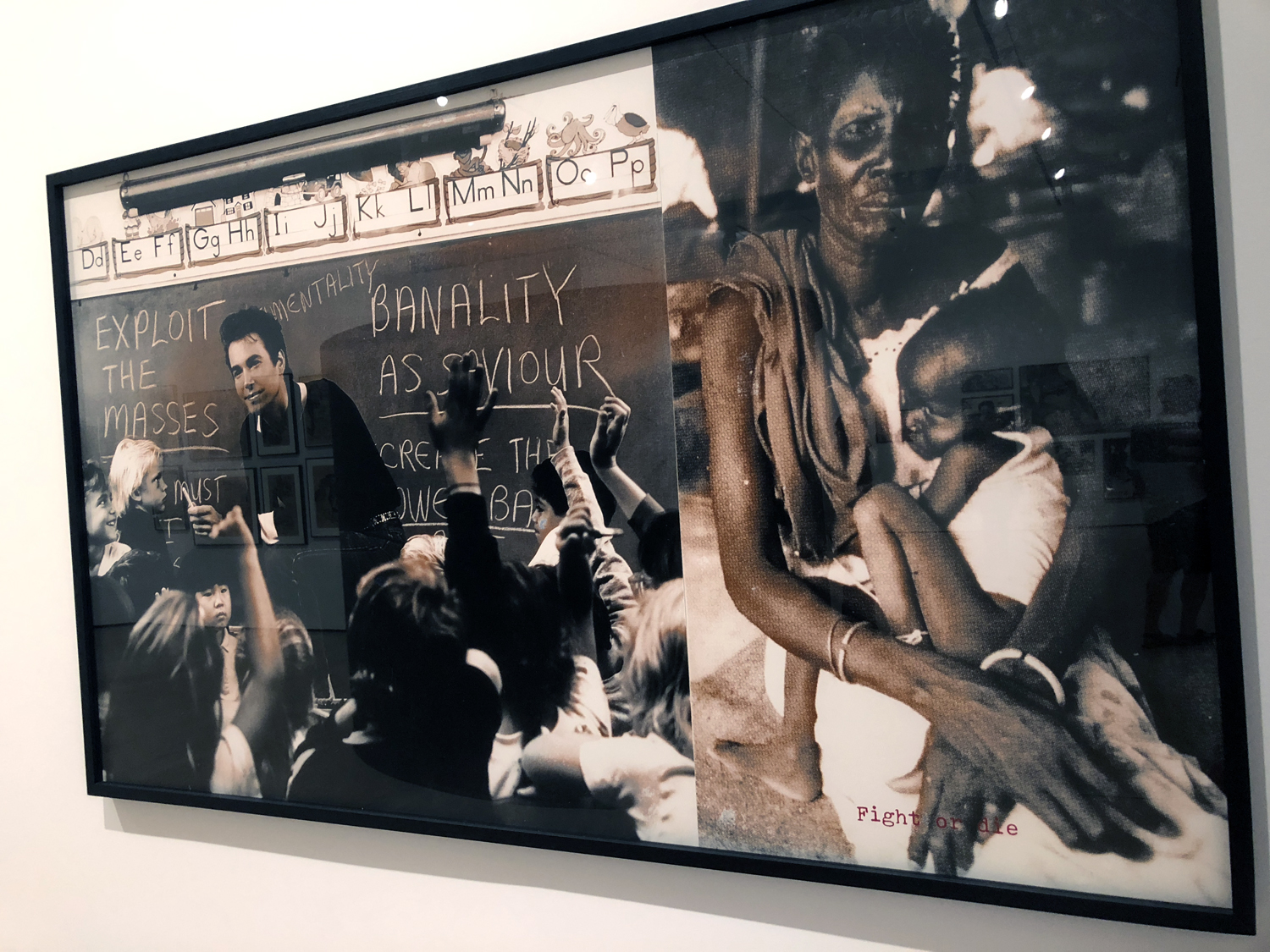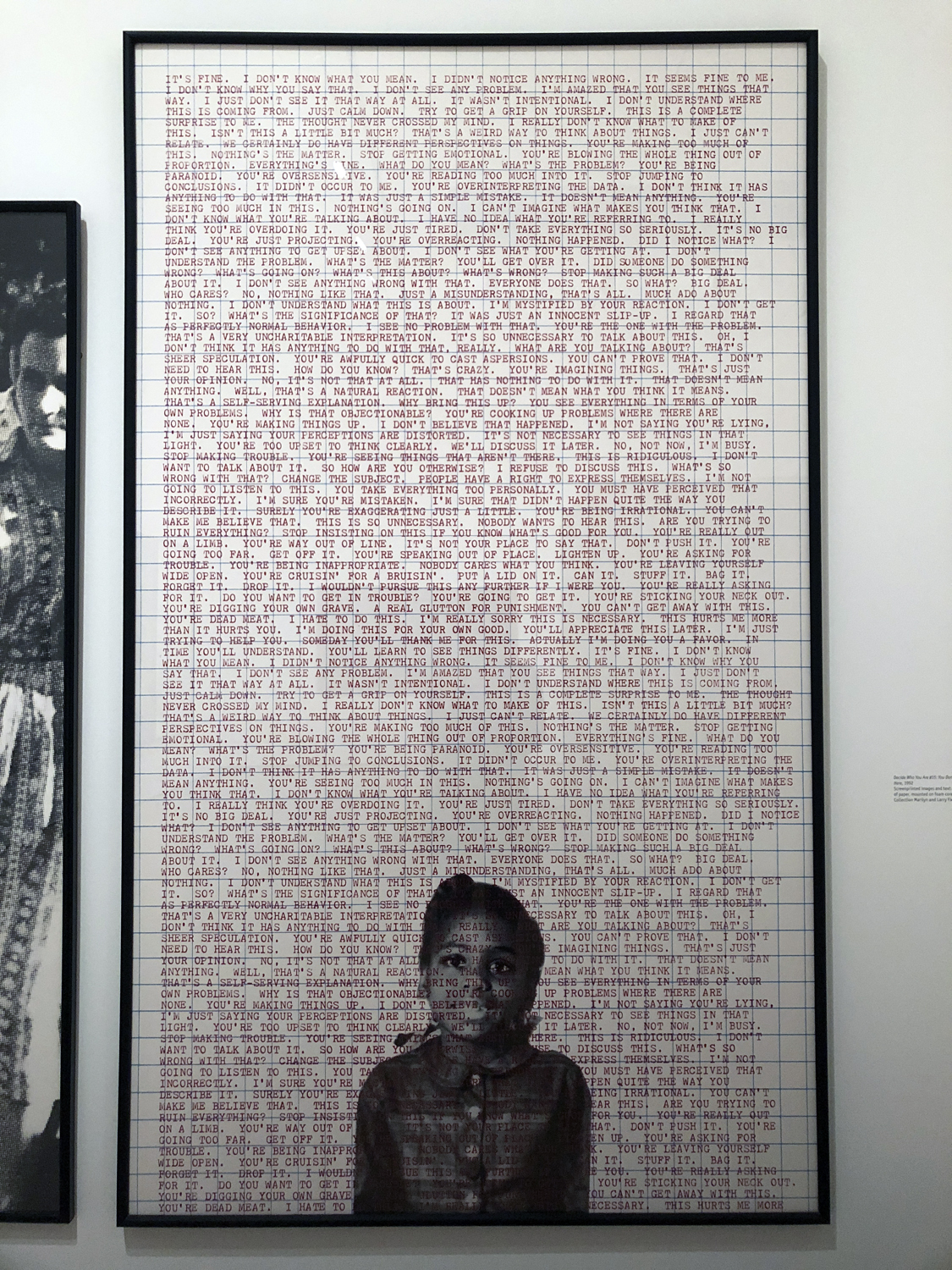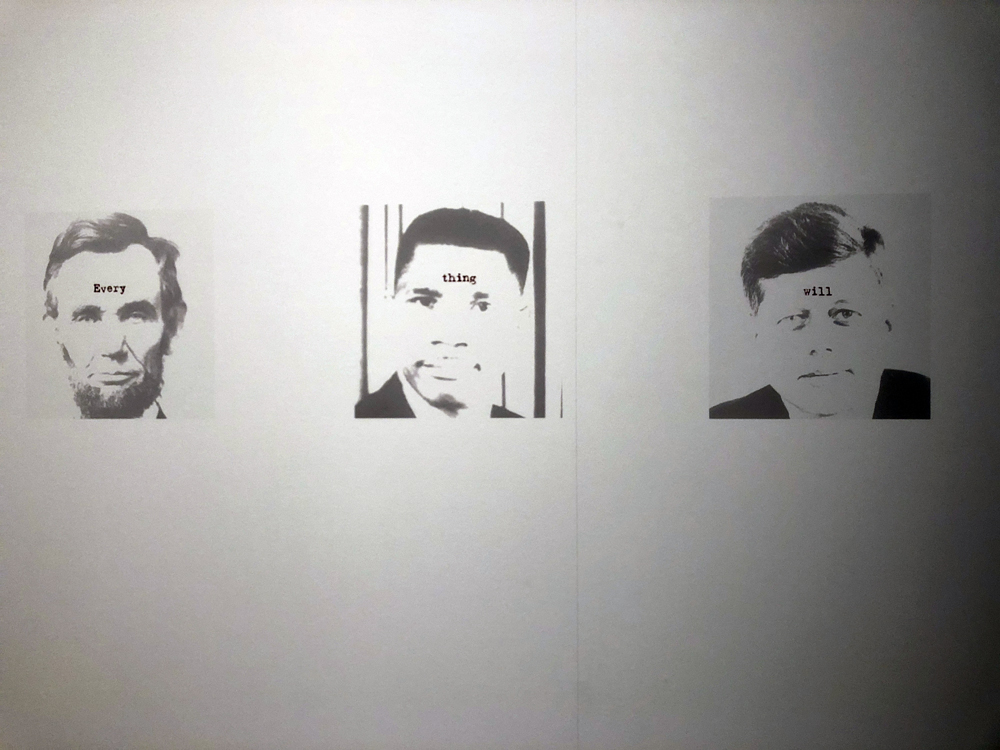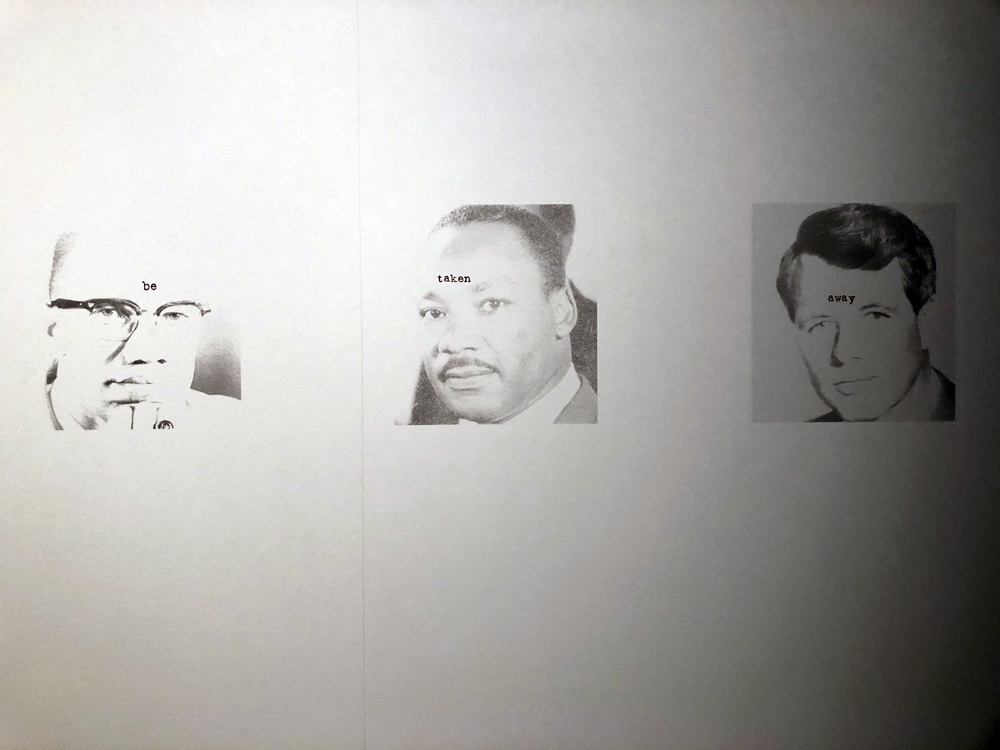Justin Urbach’s Fractal Breeze is a three-channel video installation that addresses transformation processes in the digital age as a fragmentary sci-fi narrative.
In Fractal Breeze, two characters move on the borders of virtuality and reality in a metafictional representation of our technological future. The starting point for the video work is silicon, which is used to manufacture microchips and upon which the artist reflects in its many stages of production. In the form of wafers, thin reflective information carriers, silicon enables crossing over into a hybrid world in which virtual spheres increasingly materialize and the characters experience a new physicality. Through the symbiotic connection of body and technology, a transhuman circuit is formed that refers to social developments and the multidimensional processes of raw material extraction and energy storage.
The artist creates a multimedia installation in which the wafers merge into real space as sculptural objects and information carriers. Still blank in the film, in the exhibition they are engraved with body-related data of the actors, collected through MRI scans, 3D scans and motion capture. Fractal Breeze was realized in collaboration with specialists and researchers from the semiconductor and film industries, as well as the medical field, in order to unite these diverse branches. The music produced especially for the project was created in collaboration with musician and sound artist Jonas Yamer.
Fractal Breeze is on view through July 29th at max goelitz gallery, rudi-dutschke str 2610969 Berlin


